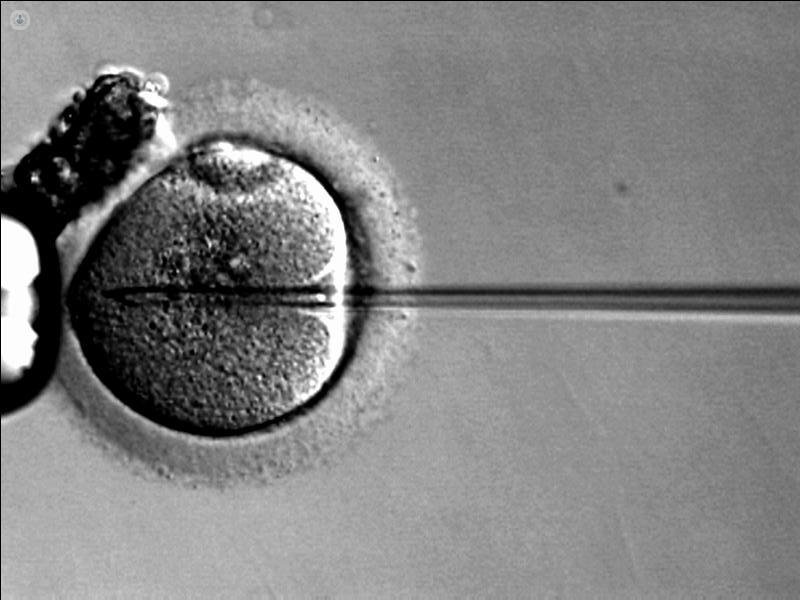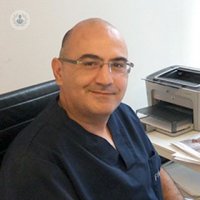The oldest artificial insemination, assisted reproduction technique
Written by:Artificial insemination is the technique of assisted reproduction oldest history. Consists in depositing, via a catheter, the male gametes (sperm) into the uterus of a woman.
It is believed that it is possible that this technique has been used since Egyptian times, although it is considered to be in 1790 when there was the first official insemination in humans.
International guidelines recommend performing this type of treatment in women under 39 with permeable fallopian tubes and sterility short. Furthermore, it must always be performed and when semen is practically normal or have to resort to sperm donation (single woman, azoospermia, female homosexual couple, man genetic disease, etc.).
However, this treatment may not be successful for all patients. Not getting a son or daughter is the consequence, not the cause of infertility. There are many different causes of infertility and each carries a specific diagnostic and therapeutic approach.
Artificial insemination process
The process of artificial insemination can be carried out during a "natural cycle" or by "soft" ovarian stimulation. In the first case, there would be only one follicle / egg; while in the second there would be more, usually no more than two or three follicles / oocytes.
This process of assisted reproduction approximately starts the 2nd or 3rd day of the menstrual cycle and lasts ten days. During those days, it is valued by gynecologic ultrasound, the development of follicles and endometrium. Furthermore, sometimes hormonal studies are conducted.
Once the follicle is mature, ovulation and that same day we proceed to induce artificial insemination, which can be done with or without the aid of ultrasound. Once this process is complete, the patient should rest for 10 to 15 minutes and then may return home. This assisted reproduction technique requires no anesthesia. During and after the cycle, the patient can resume their normal daily activities.
Sperm Donor Profile
The donor profile is studied both from a medical point of view and from a psychological point of view. It is necessary to make an assessment of the quantity and quality of sperm patient. We therefore performed a series of tests established by law, such as blood group factor, please Rh, HIV, HBV; Lue or Chlamydia, etc.. Moreover, in some centers of assisted reproduction such as IVF Valencia, genetic studies like karyotype and cystic fibrosis are made. Once the person is suitable donor for the donation, made the donation in line with phenotypic characteristics (physical), blood group and Rh factor of the recipient.




